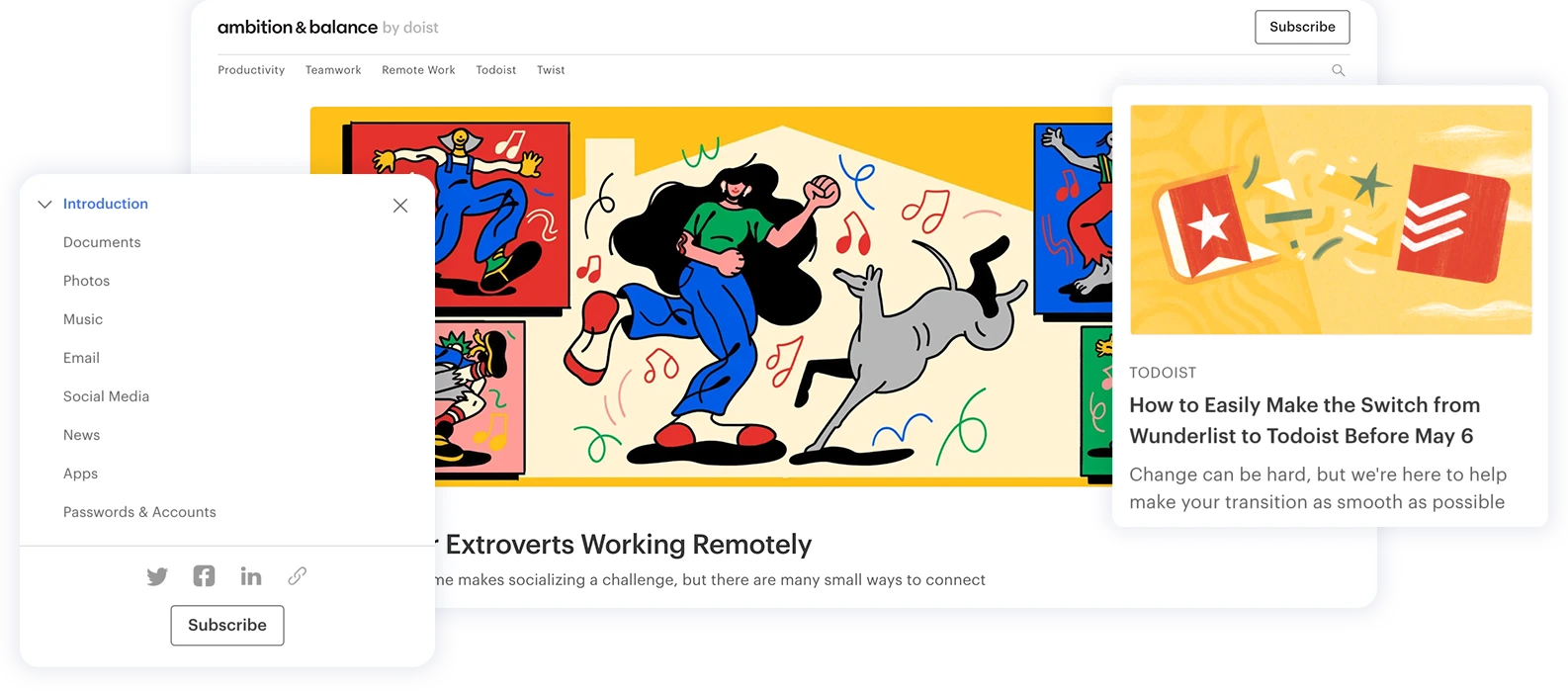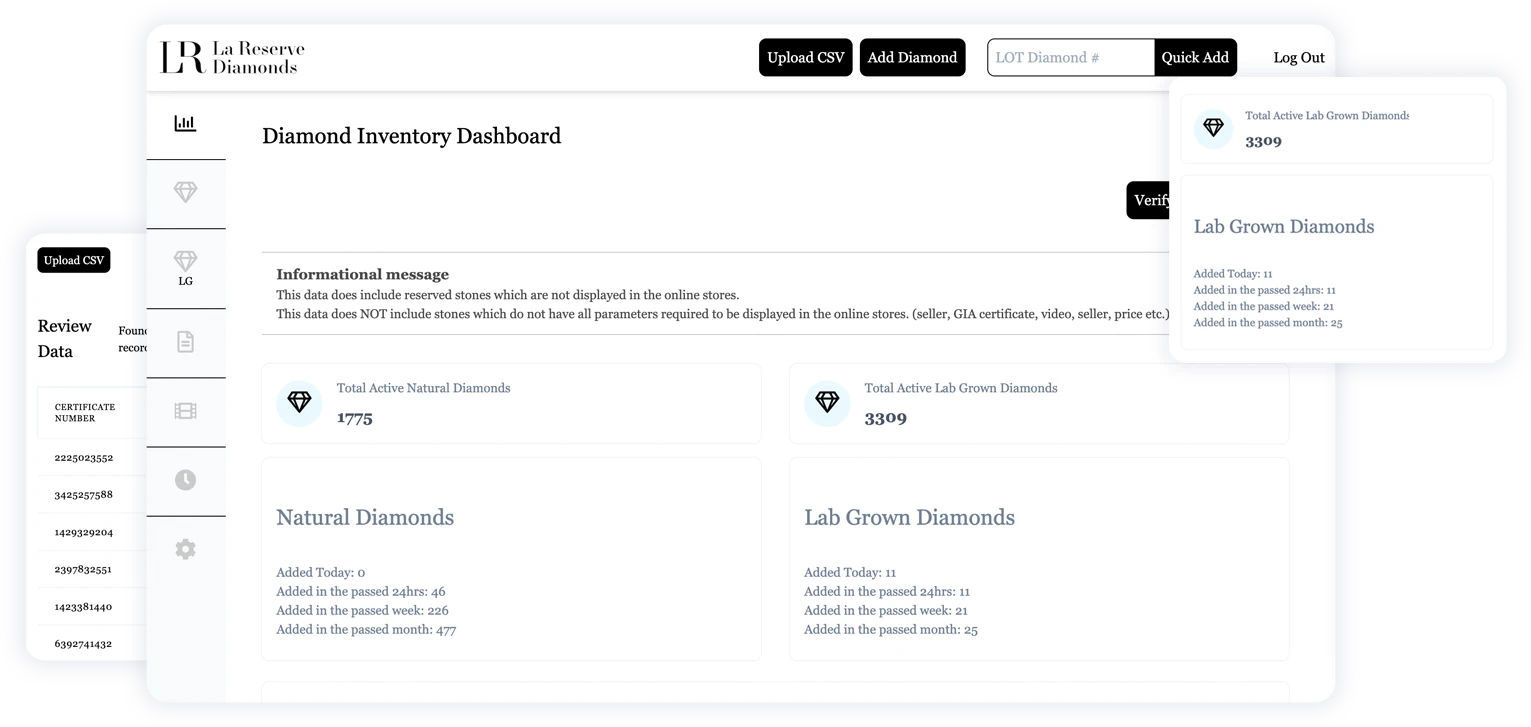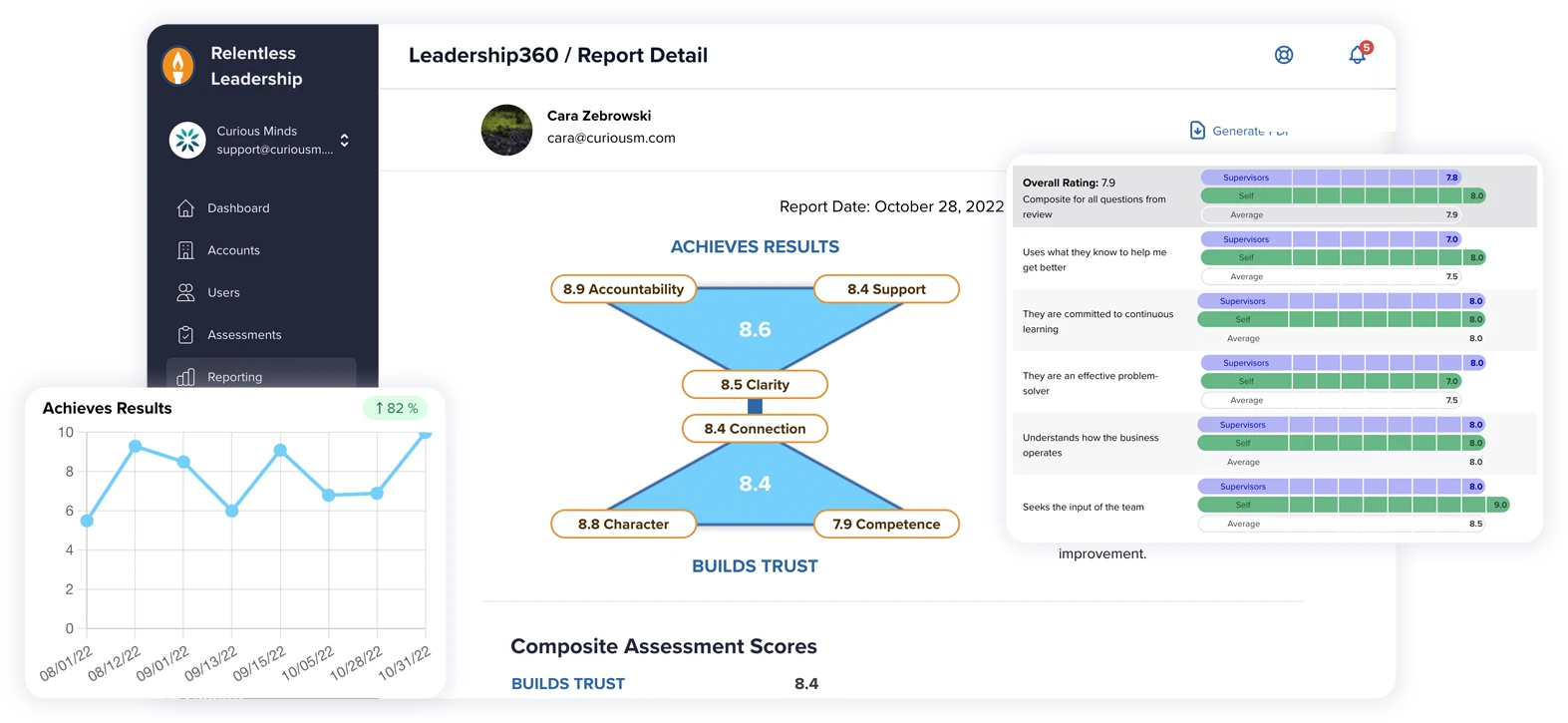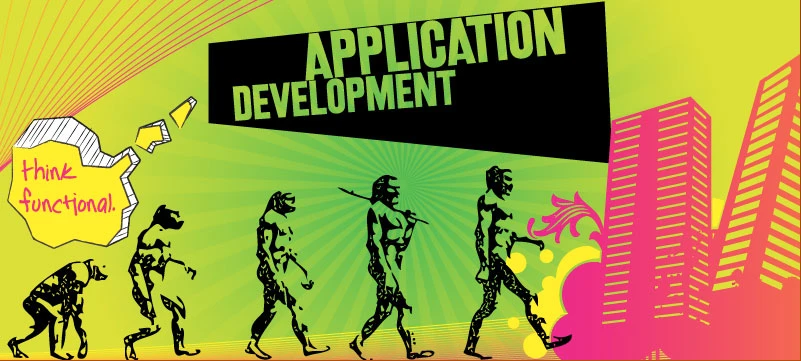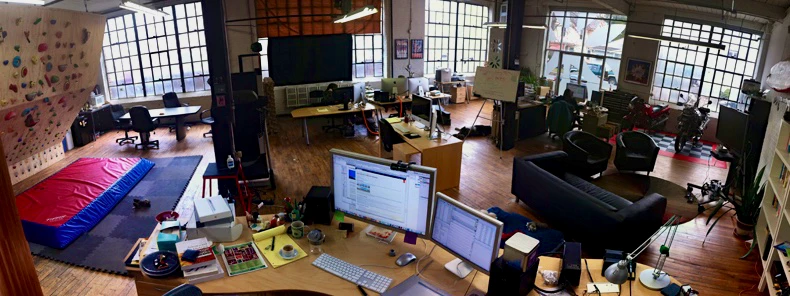Why People (Not Just Tech) Make or Break Your CMS Shift
Switching to a headless CMS? It’s a smart move from a tech perspective—more flexibility, better performance, and easier scalability. But here’s the part that often gets overlooked: your team.
Because no matter how great the new system is, it won’t do much for your business unless the people using it are prepared, supported, and confident in the change. That’s where change management comes in. It’s not just about training; it’s about helping people understand the shift, adjust their workflows, and buy into the value of the new setup.
If you're preparing for a headless CMS transition, treating it like a people-first transformation, not just a platform swap, will save you a lot of frustration and downtime. Change management isn't a one-time meeting or a handout of new credentials; it's a structured, intentional effort to help teams navigate change in a way that sticks.
The Real Shift: It's Not Just the CMS That’s Changing
A headless CMS fundamentally changes how content is stored, managed, and delivered. But the bigger shift is operational and cultural. The roles, responsibilities, and rhythms your teams are used to might change dramatically. Editors no longer “design” inside the CMS—they structure content for flexible use across channels. Developers shift from building monolithic templates to connecting dynamic APIs. Marketers, too, need to think ahead about omnichannel delivery, anticipating where and how content will be consumed.
For instance, a traditional workflow might involve designers creating full-page mockups which editors then try to replicate within a WYSIWYG. A redesigned headless workflow, however, might start with content strategists and UX designers defining structured content models and reusable components first. This allows content creation to happen in parallel with front-end development of those components, leading to faster iteration and more consistent cross-channel experiences.
That’s a lot of change. And without a clear plan, it’s easy for teams to feel lost or left behind. Confusion slows down production. Morale dips. And the new system? It doesn't get used the way it should. In some cases, teams may revert to old tools or create inefficient workarounds that undermine the benefits of the new system.
This isn’t a small technical upgrade. It’s a rethinking of how content gets created, shared, and managed—and that calls for clear communication, strategic planning, and a thoughtful rollout.
Change Management Starts with Conversations, Not Configurations
Before you run training sessions or launch new workflows, take a step back. Ask your team what’s working (and what’s not) in the current system. Where do they get stuck? What do they wish were easier?
These conversations build trust, but they also help uncover blind spots early. Maybe your content creators are nervous about losing visual control. Maybe your devs are already stretched thin. Maybe the handoff between content and design is clunky. These insights shape a rollout that fits your actual team, not an idealized one.
This approach aligns with proven organizational change principles: when people feel heard and psychologically safe to voice concerns, they are more invested in finding solutions.
Don’t assume silence means support. Create space for honest feedback and include representatives from every department in early-stage planning. When people see that their voices influence the process, they’re far more likely to champion the change.
Change management isn’t just top-down communication. It’s two-way. The more your people are involved early on, the more likely they are to support the change when it’s live.
Leadership's role goes beyond approving the project. Visible champions at the executive level who consistently communicate the "why" behind the headless transition, actively participate in key discussions, and allocate necessary resources are crucial for signaling the importance of the change and motivating teams.
Training Isn’t One-and-Done— It’s a Mindset Shift
Training should be continuous, practical, and adapted to each team’s needs. With a headless CMS, training isn’t just “how to use a new interface.” It’s helping people reframe their work entirely.
For content teams: Help them learn structured content principles, understand how to write modular content, and trust that presentation will be handled downstream. Templates might be gone, but their impact is still essential.
For developers: Equip them to think about CMS as a service. They need to be comfortable designing APIs, integrating content with multiple front ends, and building flexible architectures that scale.
For marketing and leadership: Show them how headless supports omnichannel publishing, content reuse, and personalization strategies. Help them measure performance in new ways and realign KPIs where necessary.
Ongoing support—office hours, video tutorials, internal champions—makes a difference. Teams shouldn’t be left to figure it out independently after a one-day training session.
Common Pitfalls (And How to Avoid Them)
Leaving teams out of early planning: If the decision to go headless is made in a silo, teams may feel blindsided. Bring stakeholders in early to discuss needs and expectations.
Overlooking workflow redesign: Don’t just plug the old workflow into the new system. Headless CMS opens new possibilities—use this as a chance to improve collaboration and efficiency.
Underestimating the culture shift: Some teams rely heavily on WYSIWYG editing or page-based thinking. Switching to structured content can feel like a loss of control. Give them time and context.
Pro Tip: Run pilot projects: Start with a low-risk team or content type. Let them experiment, refine processes, and share feedback before rolling out across the board.
Gauging Your Success: Is the Change Sticking?
Beyond the technical launch, how can you tell if your change management efforts are truly effective? Look for indicators like:
Adoption Rates: Are teams actively and proficiently using the new headless CMS and associated workflows?
Productivity Metrics: Is content being produced and published efficiently in the new system (e.g., time-to-publish, content velocity)? Compare to pre-transition benchmarks if possible.
Team Feedback: Conduct pulse surveys or feedback sessions to gauge team confidence, comfort levels, and identify any lingering pain points.
Reduced Support Needs: A decrease in 'how-to' questions or troubleshooting requests over time can indicate growing proficiency.
Tracking these can help you refine your ongoing support and celebrate wins.
Why a Smooth Transition Pays Off
When your team feels prepared and confident, everything moves faster. Content gets produced and published with less friction. Teams collaborate better. The CMS investment delivers real ROI.
You also build long-term resilience. A team that’s equipped to handle a headless CMS is also better positioned for future shifts—new tools, new channels, and new strategies.
Industry research suggests that organizations investing in structured change management during CMS transitions often experience faster time to productivity and fewer post-launch issues.
Remember: tools don’t drive transformation—people do. A great headless CMS is powerful, but only if your team is ready to use it to its full potential.
Partnering with Curious Minds for Headless Success
At Curious Minds, we’ve helped businesses not only make the jump to headless architecture but also thrive after the transition. That means more than setup—we help guide your teams, adjust your workflows, and make sure your people have what they need to succeed.
We’ll help you:
Design a rollout strategy that aligns with how your teams really work
Deliver practical, ongoing training sessions tailored to each role
Create a change management framework that builds long-term confidence and adoption
Because in the end, the best CMS is the one your team understands, trusts, and uses with confidence. Let’s make that happen—together.
